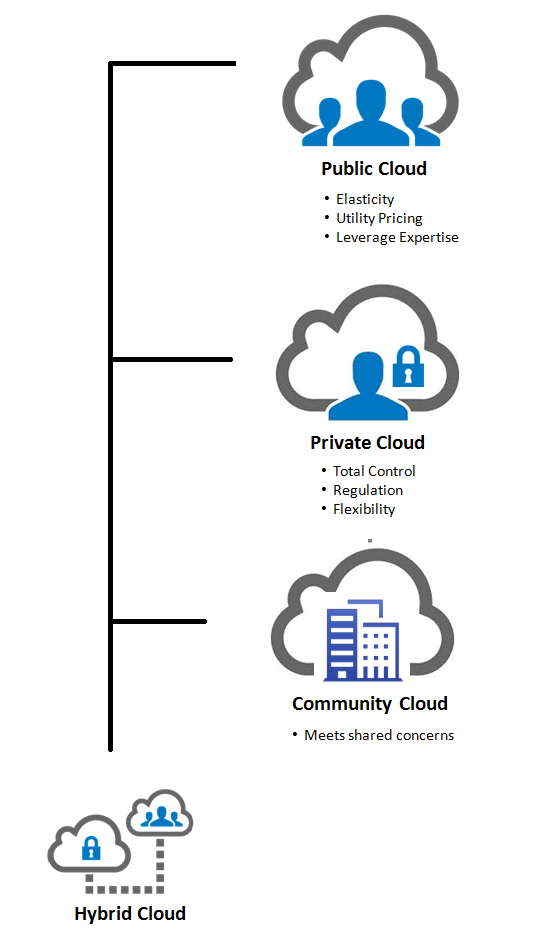cloud computing has revolutionized the way businesses and individuals access and use computing resources, providing greater flexibility, scalability, and cost-effectiveness than traditional on-premise IT infrastructure.
Book a FREE 60 minute consultation











